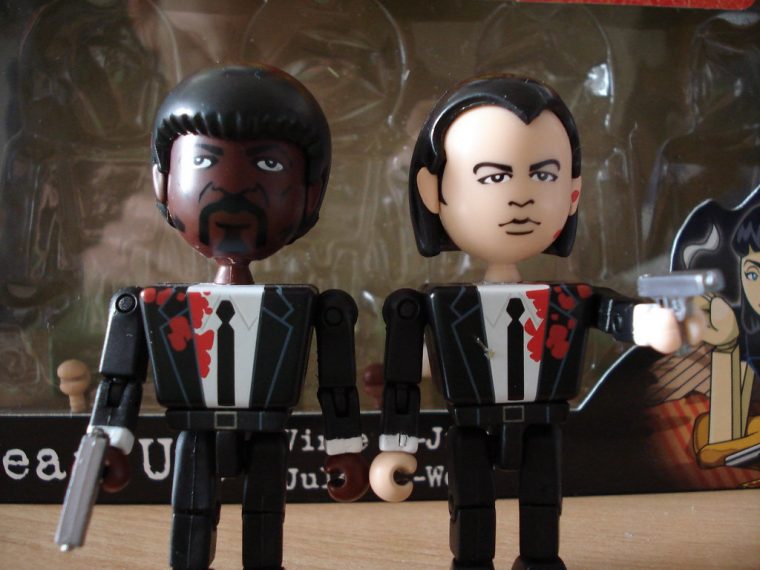How Strong is the Glass in Pulp Fiction’s 1974 Chevrolet Nova?

Photo: Fatbwoy via Flikr
Cars have a massive presence in cinema, and they’re rarely used as evocatively as in Quentin Tarantino’s films, from the Death Proof car (a 1970 Chevy Nova) to Leonardo DiCaprio and Brad Pit’s ride in 2019’s Once Upon a Time… in Hollywood (a 1966 Cadillac Coup de Ville).
Although Tarantino’s projects may not be to everyone’s taste, it’s difficult to deny their impact on popular culture. The director’s first mainstream hit was Reservoir Dogs, but his first Oscar-nominated (and Oscar-winning) picture was the seminal 1994 film Pulp Fiction.
One scene towards the end of the film sees a particularly greasy John Travolta accidentally shoot a poor fellow seated in the back seat of a 1974 Chevy Nova, prompting the immortal line “Aw man, I shot Marvin in the face…”
Still have a Nova?: Keep your Chevy running smoothly
But I digress. The point is, after at least ten viewings of Pulp Fiction, I cannot see any sort of mark — let alone hole — in the rear windshield. So, naturally, I decided to research the history of automotive glass to see if there was any way that the back window of a 1974 Chevy Nova could repel a bullet.
According to HG.org, most automakers had adopted tempered glass by the 1960s. Tempered glass was specifically designed to shatter into many tiny (probably harmless) pieces rather than a few very sharp (probably deadly) fragments. Since the 1974 Chevy Nova in the film was likely manufactured in 1973, it’s extremely likely that the rear windshield was made of tempered glass.
One thing I can guarantee it wasn’t made of, though, is bulletproof glass.
When struck by a bullet, tempered glass would likely either shatter completely or at least form a spider web pattern around the hole — which did not happen in Pulp Fiction. Bulletproof glass, on the other hand, is constructed of multiple layers of laminated glass meant to flatten a bullet and absorb the majority of the impact force.
After some research, I learned that the handgun used by Travolta’s character, Vincent Vega, was a .45 Auto-Ordnance M1911. To the best of my (and Wikipedia’s) knowledge, if the rear windshield of the 1974 Nova was made of glass-clad polycarbonate it would be able to stop up to three bullets, but it would need to be over one inch thick.
According to Sanders Reproduction Glass, a company that makes bespoke automotive glass, the most common windshield thickness is only a quarter of an inch, and rear windshields are commonly an eighth of an inch.
So, how did Vincent Vega’s errant bullet not tear through the back window like tissue paper? I have a few thoughts.
It isn’t a Nova: But the 2020 Corvette is bound to be a classic
One: Samuel L. Jackson’s character, Jules (whose car was forever stained by Marvin’s remains), installed some sort of super-strong aftermarket rear window that handled Vega’s bullet like a high five between friends.
Two: The Chevy Nova was the Superman of cars, and since the bullet wasn’t made out of Kryptonite, the Nova brushed it off like the dirt on Jay-Z’s shoulder.
Three: Pulp Fiction is a movie with at least one other gun-related continuity error, and the ballistics of the bullet in question slipped Tarantino’s mind.
We may never know.
Sources: HG.com, Wikipedia, Sanders Reproduction Glass

The News Wheel is a digital auto magazine providing readers with a fresh perspective on the latest car news. We’re located in the heart of America (Dayton, Ohio) and our goal is to deliver an entertaining and informative perspective on what’s trending in the automotive world. See more articles from The News Wheel.

